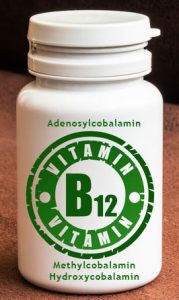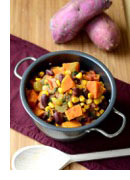Chocolate Milk – Disease in Disguise
Sixty-five years ago, as a child in kindergarten and my early years in grade school, I (John McDougall) was required, every morning, at a 15-minute refreshment break, to drink a half-pint carton of unsalted, bitter tasting tomato juice or cow’s milk: white milk for two cents or chocolate milk for three cents. Because I was from a very low-income family I felt guilty about spending the extra penny for chocolate, but the taste of the white milk was too disgusting. My first grandson, Jaysen, attended public school at age five in the year 2009 in Calistoga, California. Milk was free. Apple Juice was $2 a day. His parents paid the extra $60 a month required by the school so that he could be exempt from drinking cow’s milk. In Fiscal Year 2011, over 66 million half pints of milk were served through the Special Milk Program, an arm of the United States Department of Agriculture (USDA), at a reduced cost or for free to children in schools and childcare institutions. The School Nutrition Association, working with the dairy and other food industries, has been an integral part of our children’s education since 1946.
Drinking white cow’s milk is unpalatable for most children. As a result, the Dairy Association now actively promotes chocolate milk as “Nutrition in Disguise.”
Recommended Articles

What is the Best Formulation of Vitamin B12?

The Ultimate Heart Disease Prevention Plan





